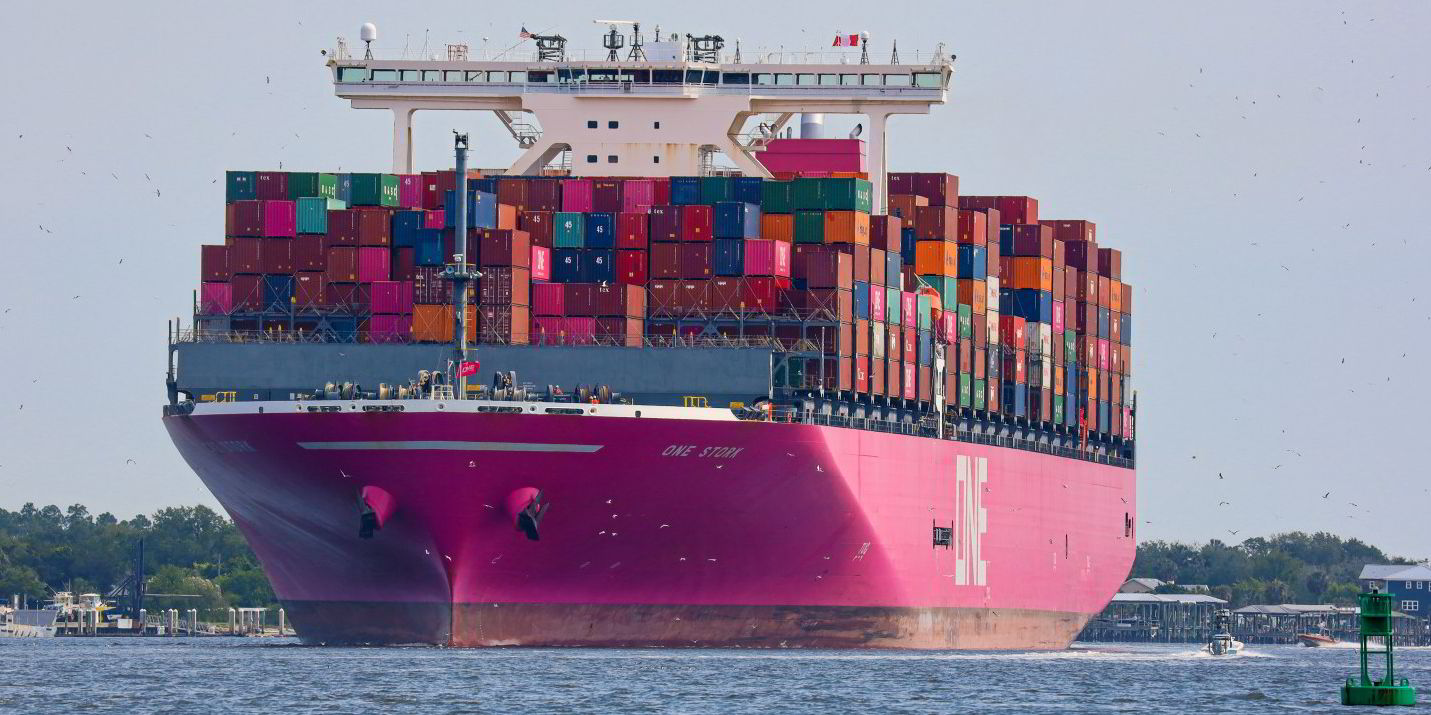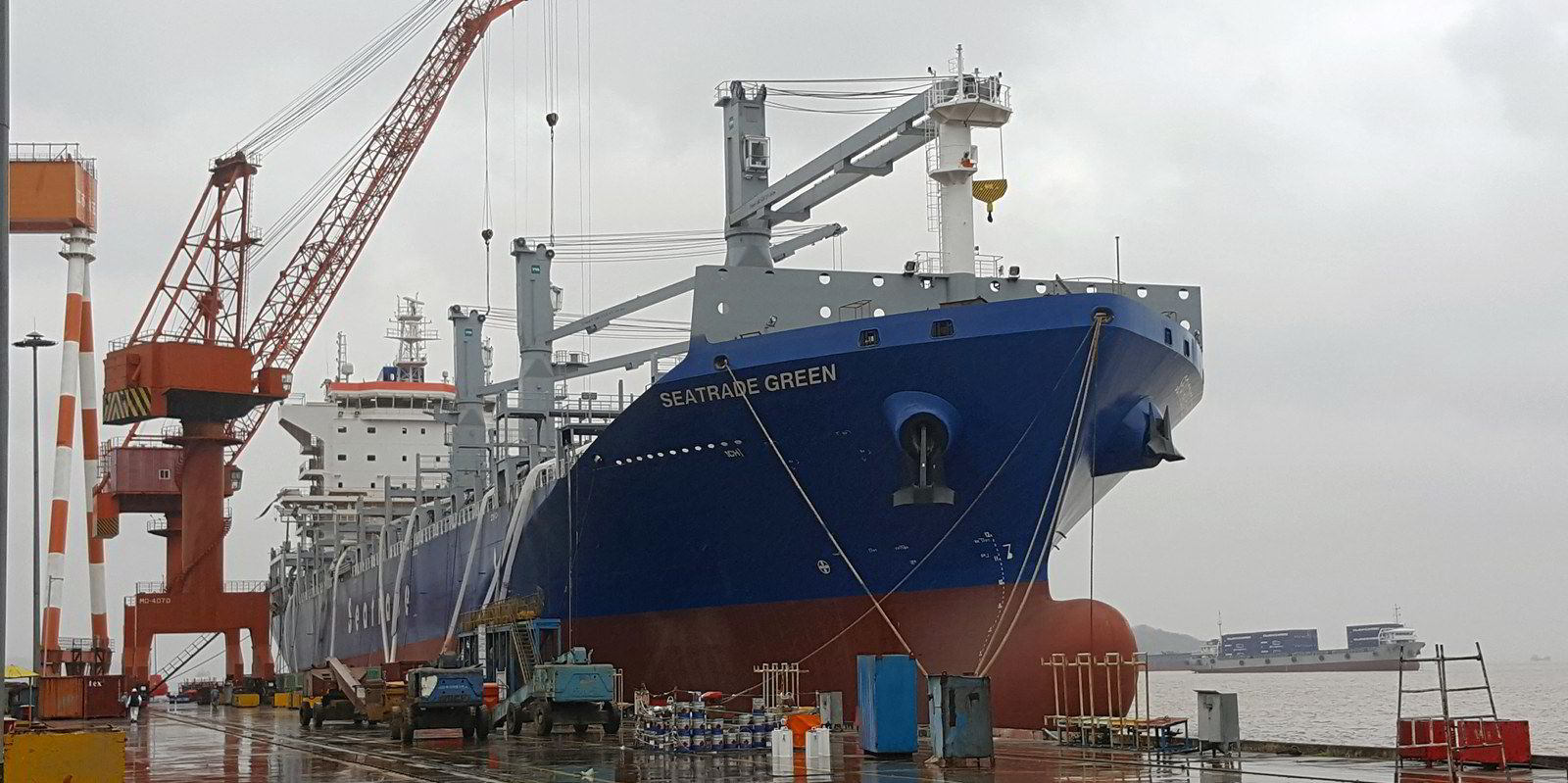The container spot market declined over the past week as growing vessel supply and China’s upcoming Golden Week exerted downward pressure on freight rates, according to analysts.
The Shanghai Containerized Freight Index declined 5% since 8 September to reach 949 points on Friday, with virtually all of that slump happening in a plunge on the final day of the week.
The figure marks a 9.1% dip since the August peak of 1,044 points, according to Jefferies analyst Omar Nokta.
“The Shanghai Containerized Freight Index had its biggest decline today in both nominal and percentage terms since December 2022,” Nokta wrote in a note on Friday.
The Freightos Baltic Index dropped 8% to 1,332 points, the lowest level since the end of July.
The average freight rate for voyages from China to the US West Coast Freightos Baltic Index slipped 0.6% since the end of last week to hit $1,858 per feu on Friday.
The average freight rate for voyages from China to the US East Coast declined a more substantial 14.4% over the past seven days to $2,583 per feu on Friday.
Slower fixture activity and the upcoming Golden Week from 1 to 6 October are hurting container volumes on the transpacific and Asia-to-Europe main lanes, leading to notable corrections in freight rates, he said.
“High blank sailings of late are expected to lend some support but as of now thin volumes are maintaining a degree of pressure,” Nokta said.
Liner operators are expected to reduce capacity through blank sailings in coming weeks, to the point that they are predicted to “notably exceed” those carried out from 2017 to 2019, according to a Maersk market update cited by Clarkson Securities analyst Frode Morkedal.
“Golden Week, generally signalling the close of the peak season, is only two weeks away,” he wrote in a note on Friday.
“However, this year has shown little evidence of a peak season. Anticipating lower demand, liners are poised to curtail capacity by implementing blank sailings. Despite these planned reductions, the relentless growth in supply continues to cast doubt on their effectiveness in halting the decline in rates.”
Morkedal said liners may need to start scrapping vessels or idling them in order to reduce supply enough that it leads to higher freight rates.
“Given the current conditions, the time-charter market’s outlook appears subdued,” he said.




